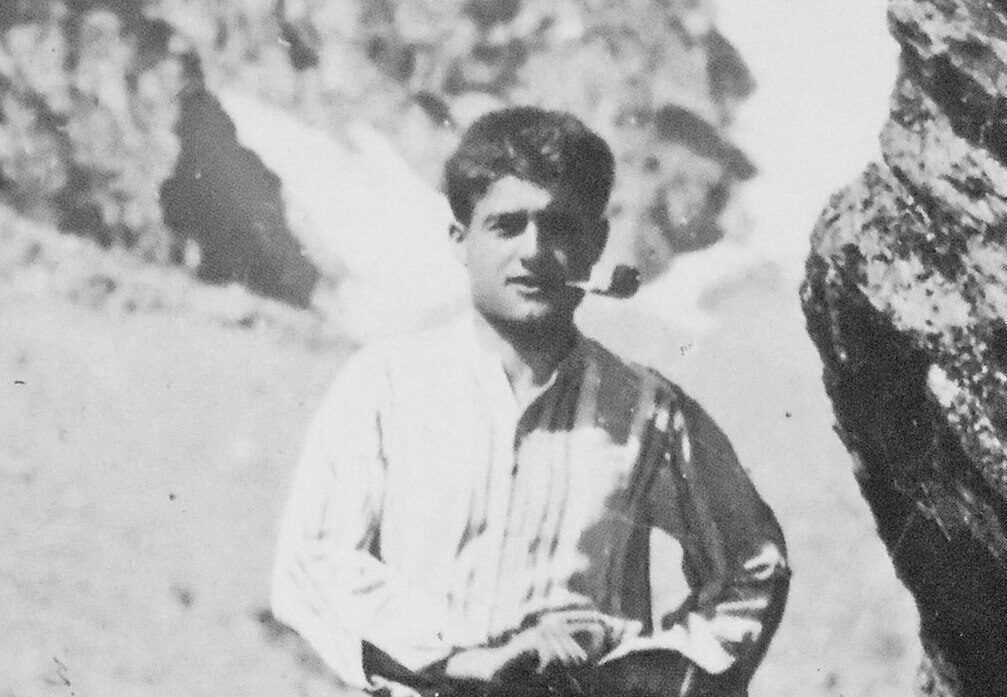Since 1390, the four major basilicas were all included in the requirements for the Jubilee indulgence: St. Peter, St. Paul Outside the Walls, St. Mary Major, and St. John Lateran. Under the current Jubilee practice, pilgrims must visit at least one of these churches on their pilgrimage. We can get distracted by everything Rome has to offer; it is important to remember our focus should be to pray at the tombs of Peter and Paul.
St. John Lateran
We tend to connect the Holy Father to St. Peter’s Basilica and the Vatican. However the Pope, as bishop of Rome, has a Cathedral, and that Cathedral is actually St. John Lateran. The Popes lived at the Lateran Palace, connected to the basilica, for over a millennium, and only moved to the Vatican “recently” in the fourteenth century. (To some, the fourteenth century is ancient history, but not for the Church!)
This means the Lateran was home to the Popes longer than the Vatican has been. When you think of various events in Church history—Pope Leo the Great going forth to meet Attila the Hun, Gregory the Great sending missionaries to convert the Anglo-Saxons, Francis of Assisi seeking papal approval for his order—all of that happened here, not across town in the Vatican.
The statues that line the nave of the church depict the twelve apostles, and most holding their instruments of martyrdom. Above the high altar, behind a gold grill, are the relics of the heads of Peter and Paul. Above the tabernacle in the left transept of the church is the relic of the table of the Last Supper.
St. Peter’s Basilica
While an entire library could be written about the treasures of St Peter’s, we will limit ourselves to some highlights. The present basilica was completed in 1614, although it can be said that church is never completed, with new statues being added around its exterior even to the present day. The original basilica was built by Constantine over the small shrine (what early Christians writers referred to as the “tropaion” or trophy) that marked Peter’s grave. Peter had been crucified upside down in the circus of Caligua on Vatican Hill and his disciples buried him in the adjoining hillside necropolis. A hillside is not a very convenient place to build a massive church. So when Constantine wanted to construct the basilica around 318, the project began by chopping the top of the hill off and using the dirt to fill in the bottom of the hill. The walls of the family tombs in the necropolis became foundation walls of the church. This is something no one but the ruler of the Roman Empire could get away with; and even so, it was quite controversial. But that’s how important it was to build the high altar of the tomb of Peter.
Highlights here also include the tombs of many other Popes, including Saints Leo the Great, Gregory the Great, John XXIII, and John Paul II, plus great works of art like Michelangelo’s Pieta and Bernini’s baldacchino and Chair of St. Peter.
St. Mary Major
In 358, a wealthy childless couple prayed about how they should spend their wealth, given that they had no heirs. That night, Mary appeared to them in a dream and told them to build a church on the land marked by snow. Given that it was August, this seemed like a rather crazy instruction. Pope Liberius (352-366) had the same vision, and the morning of August 5, 358, snow appeared on the Esquiline Hill in the middle of the hot Roman summer.
The church of St. Mary Major was built on the spot, and this tradition is remembered fondly by the Roman people with a shower of white roses from the ceiling of the church on August 5. It is the largest church dedicated to the Blessed Mother in Rome. The church is truly a celebration of the proclamation of Mary as Mother of God and the full humanity of Christ. Standing in the middle of the nave and looking up, you can see ancient mosaics that depict the life of Mary and the Old Testament prefigurements of her and her role as Mother of God. But nothing drives this home more than the greatest jewel in the church: the relic of the wood of the crib.
St. Paul Outside the Walls
Walking into St. Paul Outside the Walls, you might not guess this is, in a sense, the newest of the four major basilicas. Of all four, this church gives you the best understanding of the Roman basilica style of architecture and a glimpse of what the original St. Peter’s would have looked like.
This church was rebuilt after a disastrous fire in 1823, when a workman left a pan of coals burning on the roof. The ensuing fire caused the ceiling to collapse, and the destruction of the church sent shockwaves across Christendom. Some of the building survived, including the arch in the nave (which dates to the 5th century) and the ciborium by Arnolfo di Cambio. The rebuilding project was begun by Pope Leo XII, and as a fitting testament to the Apostle of the Gentiles, the entire world contributed to the project. The basilica was built with the same measurements as the original and was restored to the ancient basilica style.
The entire church is built over the burial place of St. Paul, and you can descend down into the confessio in front of the main altar and pray at Paul’s tomb.
Pray in these amazing basilicas during the Jubilee! Interested in joining us? You can find more information here.




